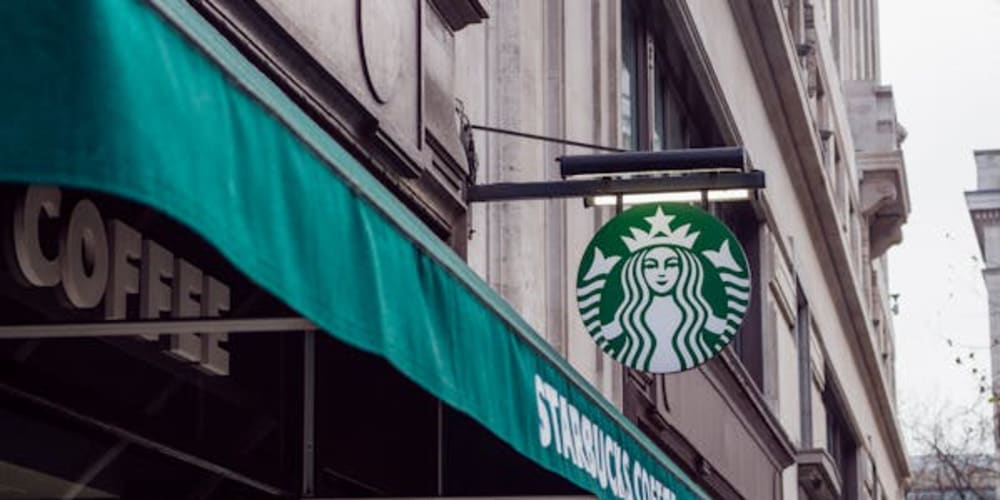Docker has revolutionized the way we develop, ship, and run applications. However, writing an efficient and secure Dockerfile is crucial to ensure your containers perform well and are safe from vulnerabilities. In this article, we’ll explore some best practices that can help you create robust Docker images.
1. Use Official Base Images
Always start your Dockerfile with an official base image from Docker Hub, such as alpine, ubuntu, or node. Official images are maintained by Docker and are regularly updated for security patches.
FROM python:3.9-slim
Why?
- Security: Official images are vetted for security vulnerabilities.
- Stability: They are tested and maintained by the community or the official project maintainers.
2. Leverage Multi-Stage Builds
Multi-stage builds allow you to separate the build environment from the final runtime environment, reducing the size of your Docker image.
# Stage 1: Build
FROM golang:1.19 AS builder
WORKDIR /app
COPY . .
RUN go build -o myapp
# Stage 2: Runtime
FROM alpine:latest
WORKDIR /app
COPY --from=builder /app/myapp .
CMD ["./myapp"]
Why?
- Reduced Image Size: Only the necessary files are included in the final image.
- Security: Keeps build tools and other unnecessary components out of your runtime environment.
3. Minimize Layers
Each RUN, COPY, or ADD instruction creates a new layer in your image. Combining commands in a single RUN instruction can help minimize the number of layers.
RUN apt-get update && apt-get install -y \
curl \
vim \
&& apt-get clean \
&& rm -rf /var/lib/apt/lists/*
Why?
- Efficiency: Reduces the size of the Docker image and improves build performance.
- Maintainability: Fewer layers make the image easier to understand and manage.
4. Use .dockerignore File
Include a .dockerignore file to prevent unnecessary files from being copied into the Docker image.
node_modules
*.log
Dockerfile
README.md
Why?
- Smaller Images: Excluding unnecessary files reduces the final image size.
- Faster Builds: Fewer files to copy means faster build times.
5. Avoid Installing Unnecessary Packages
Only install the packages and dependencies that are absolutely necessary for your application to run.
RUN apt-get update && apt-get install -y \
curl \
&& apt-get clean \
&& rm -rf /var/lib/apt/lists/*
Why?
- Security: Fewer packages mean fewer potential vulnerabilities.
- Performance: Reducing the number of packages improves image build times and runtime performance.
6. Use Non-Root User
Running your application as a non-root user inside the container enhances security.
# Create a non-root user
RUN useradd -m appuser
USER appuser
CMD ["./myapp"]
Why?
- Security: Limits the impact of a security breach by reducing the permissions available to the running process.
7. Optimize Caching
Take advantage of Docker’s layer caching to speed up your builds. Place commands that change less frequently towards the top of your Dockerfile.
# Dependencies
COPY requirements.txt .
RUN pip install -r requirements.txt
# Application code
COPY . .
Why?
- Efficiency: Docker reuses layers from the cache, leading to faster builds, especially during development.
8. Clean Up After Yourself
Remove temporary files, package managers’ cache, and other unnecessary files after installation.
RUN apt-get update && apt-get install -y \
curl \
&& apt-get clean \
&& rm -rf /var/lib/apt/lists/*
Why?
- Smaller Images: Removing unnecessary files helps keep your Docker image lean.
- Better Performance: Smaller images download faster and use less disk space.
9. Set Metadata Labels
Use labels to add metadata to your images, such as version information or maintainer contact details.
LABEL maintainer="rafaeljohn@example.com"
LABEL version="1.0"
LABEL description="My application Docker image"
Why?
- Organizational: Helps track image versions, authorship, and purpose.
- Automation: Labels can be used in automation tools to filter or organize images.
10. Scan Images for Vulnerabilities
Regularly scan your Docker images for vulnerabilities using tools like Trivy or Clair.
Why?
- Security: Regular scans help identify and fix vulnerabilities before they can be exploited.
By following these best practices, you’ll be well on your way to building efficient, secure, and maintainable Docker images. Remember, a well-crafted Dockerfile not only ensures the smooth operation of your applications but also contributes to the overall security and performance of your environment.
Happy Dockerizing!



















